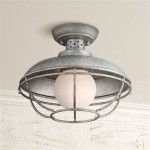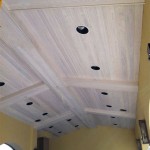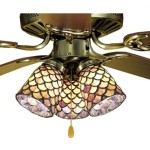Insulation is an important part of any home, and if you want to soundproof your basement ceiling, you’ll need to take extra steps to ensure it’s properly insulated. Soundproofing a basement ceiling is an effective way to reduce noise from upstairs, as well as dampen noise from within the home. This article will provide an overview of the steps necessary to soundproof your basement ceiling, from selecting the appropriate insulation to installing it correctly.
Choosing the Right Insulation
When selecting insulation for your basement ceiling, it’s important to choose one that is designed for soundproofing. The most common type of insulation for this purpose is mineral wool, often referred to as rock wool or slag wool. Mineral wool is made up of inorganic fibers that are resistant to fire, moisture, and sound. It is also an effective insulator, making it ideal for soundproofing a basement ceiling.
Installing the Insulation
Once you have selected the appropriate insulation, the next step is to install it. If you’re working with mineral wool, it’s important to wear protective gear such as a face mask and gloves, as the fibers can be sharp and cause irritation. You should also wear protective eyewear to protect your eyes from the fibers. When installing the insulation, make sure to fill any gaps or cracks in the ceiling, as these can cause sound to escape.
Additional Steps for Maximum Soundproofing
In addition to insulation, there are a few other steps you can take to maximize soundproofing in your basement. Adding a layer of drywall or soundproofing foam to the ceiling can help to create an additional barrier between the floors. You should also consider sealing any joints and seams with acoustic sealant to help reduce noise even further.
Conclusion
Soundproofing a basement ceiling is an effective way to reduce noise from upstairs, as well as dampen noise from within the home. Choosing the right insulation is the first step, and mineral wool is the most common choice for soundproofing. Installing the insulation correctly is important to ensure maximum soundproofing, and additional steps such as adding a layer of drywall or soundproofing foam, and sealing any joints and seams with acoustic sealant can help to further improve the soundproofing of your basement.













Related Posts










